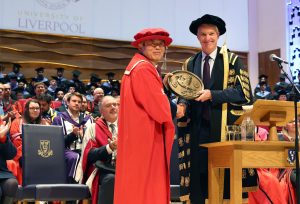15 Jan 2024
A new book published today analyses the space, identity and everyday life of Dongbei, China’s storied northeast region. “Identity, Space, and Everyday Life in Contemporary Northeast China”, published by Palgrave Macmillan, looks at the media representations created about the region and how it is connected to the wider world.
Dongbei is known for its vast landscapes, rich natural resources, agriculture, industries, infrastructure, and unique culture. In the decades after the founding of the PRC, the region helped fuel the country’s growth as a base for heavy industry and manufacturing. After China’s “reform and opening up” period, which began in 1978, many factories closed and the region’s contribution to GDP dropped.
Today, this “rust belt” region of China is undergoing revitalisation and has become popular with tourists. For example, the city of Harbin in Dongbei’s Heilongjiang province is famous an annual ice festival featuring awe-inspiring ice and snow sculptures. In the New Year’s Day 2024 travel period, the number of visitors and tourism revenue in Harbin hit historical peaks, according to the Harbin Municipal China Tourism Academy.
Like Detroit and other cities around the world that were once industrial giants, cities in Dongbei face challenges related to the economy, environment, culture, and the way they are portrayed in media.
The new book is co-edited by three academics from Xi’an Jiaotong-Liverpool University and another from City, University of London.
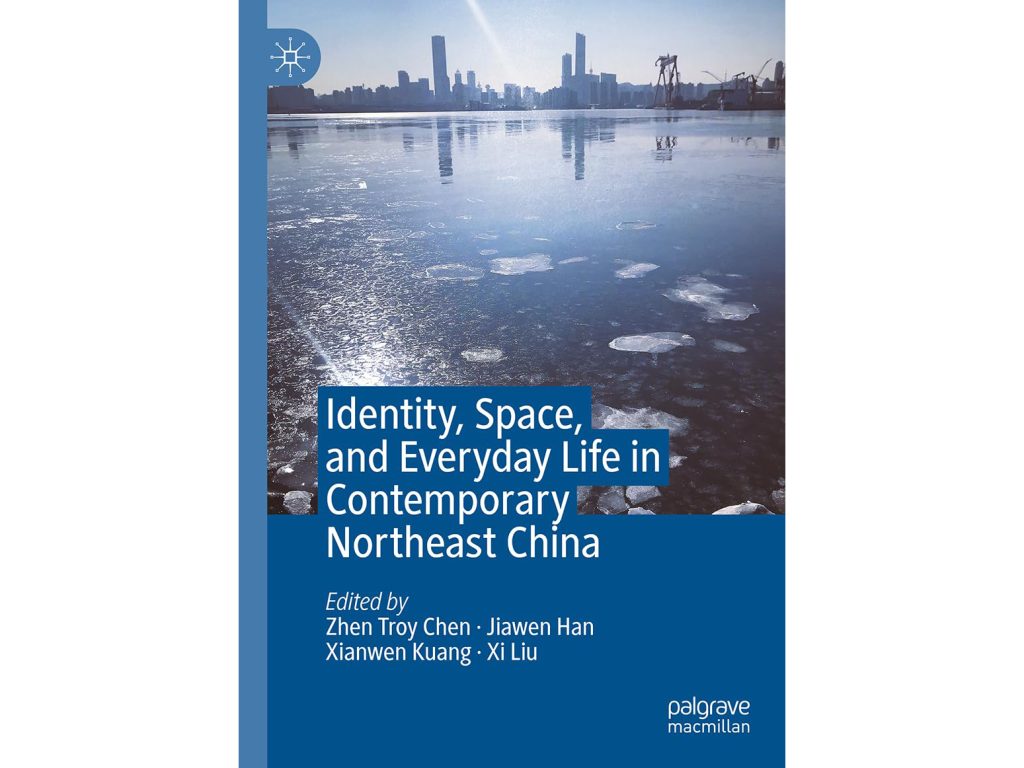
The cities in Dongbei look very different from those in the Yangtze River Delta, the Pearl River Delta and other regions within China, says Dr Jiawen Han, one of the editors of the book and an Associate Professor at XJTLU’s Department of Architecture. For example, she explains, the region south of the Yangtze River known as Jiangnan – abundant with elegant canals, bridges, and classical gardens and historically the home of scholars and poets – is a source of many Chinese traditions and legacies in the collective imagination. The cities of Dongbei, however, evoke something different, she says.
“The perspective and thinking of European cities were tactically embedded in the planning of cities like Harbin and Dalian, where urban spaces were planned in a more symbolic manner. Japan’s colonial history added an additional layer to the urban planning and city identity of some cities in the region,” she adds.
For Dr Han, who comes from Dongbei, editing the book was an emotional experience.
“The initial idea was driven by an unconscious nostalgia, since I have been away from Dongbei for so many years. Working on this book project has been an affective experience for me,” she says.
“We were thinking how to be innovative in conveying the findings because we wanted to encapsulate our emotions via our research and writing.”
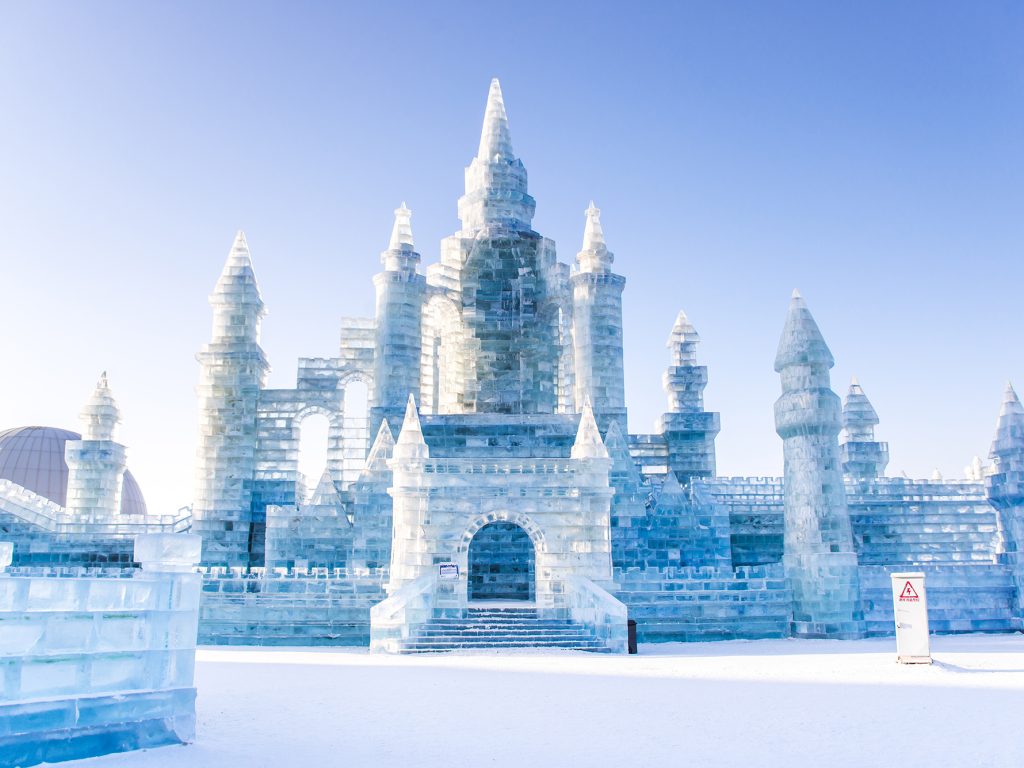
Harbin City in Dongbei
Dr Xi Liu, another editor and an Associate Professor at XJTLU’s Department of China Studies, says that the book discusses the complexities, tensions, and contradictions in the development of Dongbei.
“It offers a unique lens for us to look into China’s turbulent journey of modernisation from the beginning of the 20th century,” she says.
“We invite a transnational and comparative reading of this collection, because it offers a vantage point from which to rethink the current sociocultural situation of China, in and with the world.”
Co-editor Dr Zhen Troy Chen, a Senior Lecturer at City, University of London, says that a goal of the book is to help separate myth from reality.
“We have the aim to create a book that not only demonstrates our own understanding of Dongbei, but also one through which people actually living and working there feel they are understood.”
Dr Xianwen Kuang, an Associate Professor at XJTLU’s Department of Media and Communication, adds: “In fact, the Dongbei-alike stories are recognisable in many regions around the globe. Research on Dongbei is therefore valuable in sharing the potential universality in tackling a shared problem around the world.”
To learn more about the perspectives of the four editors, please click the video below:
By Yi Qian
Edited by Tamara Kaup and Patricia Pieterse
Video by Chenxu Zhao
15 Jan 2024
RELATED NEWS
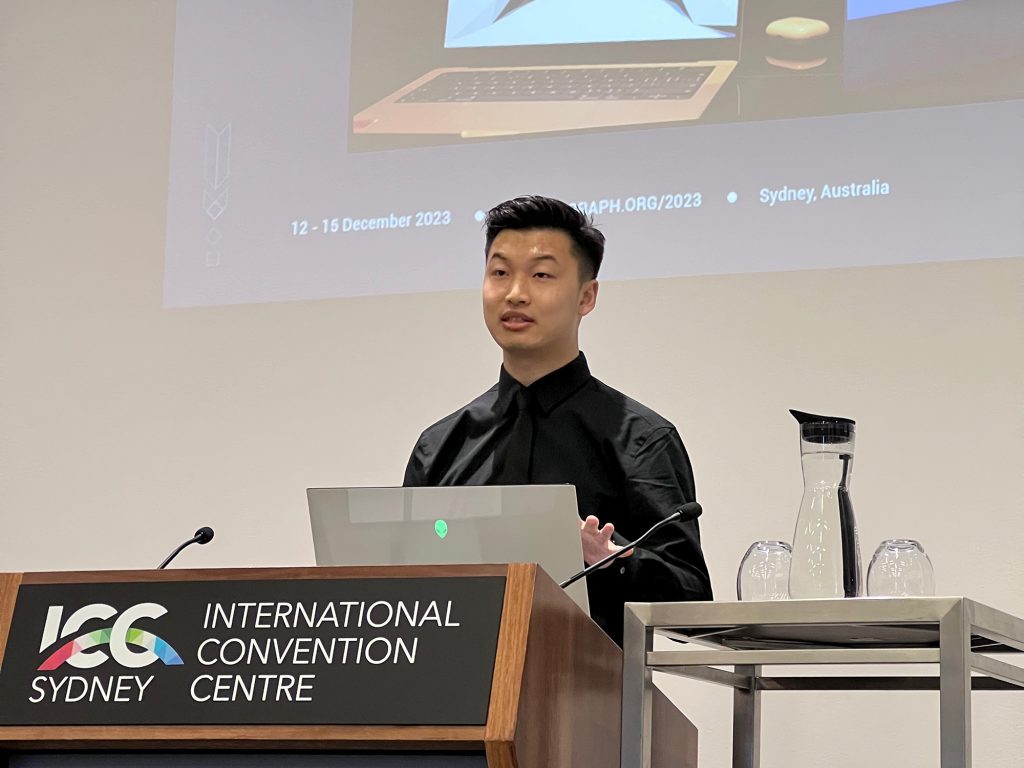
How can VR change the film-watching experience?
Compared to the traditional film-watching experience, how does it feel to watch a film wearing a virtual reality (VR) headset? How can VR stimulate different...
Learn more
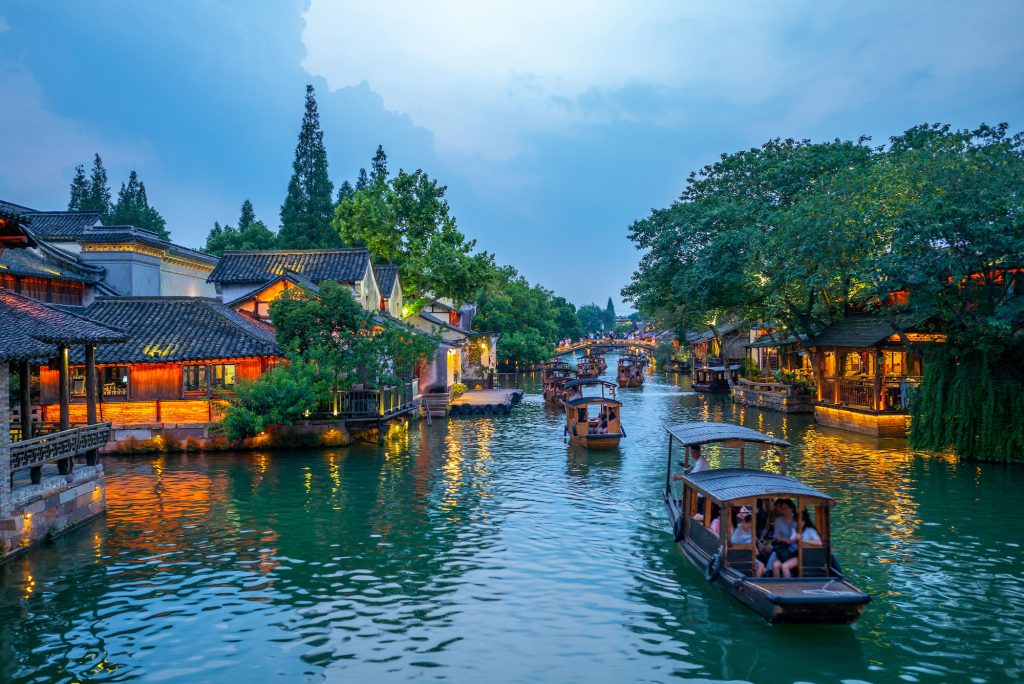
New methods for improving water management to develop sustainable cities
Water, as one of the essential natural resources, is vital for the growth of any region. How much water a city has access to and how water is distributed is ...
Learn more
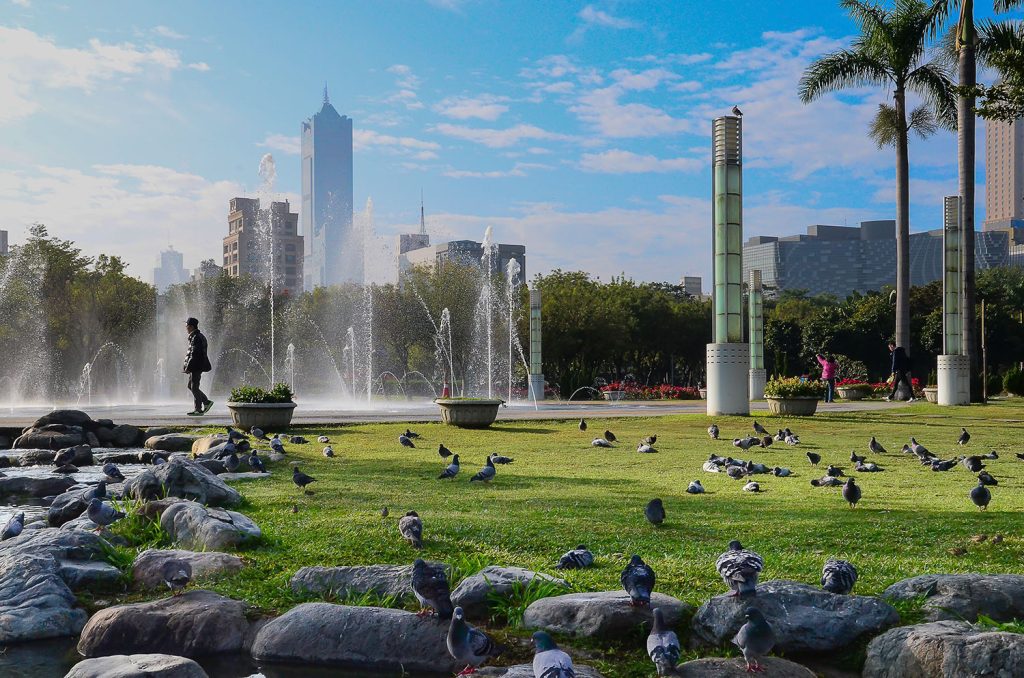
Green spaces can save lives, according to urban big data
Against the backdrop of global climate change, extreme heat events are becoming hotter, longer, and more frequent. Such sustained extreme heat has severely i...
Learn more
